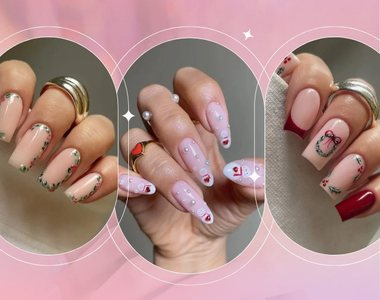
Let's start by telling you (again) the most important thing: sun protection is essential all year round, not just in summer. Whether it's cloudy and rainy, or you're on the beach at 40 degrees, you should apply sunscreen. In the city, on the island, for a walk or simply on the balcony, wherever the sun "catches" you, sunscreen is essential, especially on the face, to protect it from harmful rays.
Now that we've cleared that up, let's focus on how you choose your sunscreen. You may have read all these labels and not know what they really mean. Don't worry, we're here to answer all your questions.
UVA vs. UVB

UVB radiation is responsible for skin burns, while UVA is responsible for skin aging.
Specifically, UVA rays stimulate the production of melanin in the skin, causing us to tan. However, you should know that tanning occurs to protect the skin, as UVA rays are responsible for premature skin aging. On the other hand, UVB radiation causes sunburn on the skin and can eventually cause skin cancer.
SPF protection index

Sun Protection Factor (SPF) refers to the amount of time you can stay in the sun before you start to... burn. So SPF only refers to UVB radiation, unless it's SPF 50. So when you're using SPF 30, you might not burn, but the sun is still damaging your skin.
The importance of PA++++
This is a measurement that originated in Japan and is increasingly being used. This measurement has a scale from PA+ to PA++++, with the number of +s indicating how high the protection from UVA rays is.

What is broad spectrum?
Protection from both UVA and UVB rays at the same time is called broad spectrum.
Are you clear? We say yes! Now, while you're at it, reapply your sunscreen.








